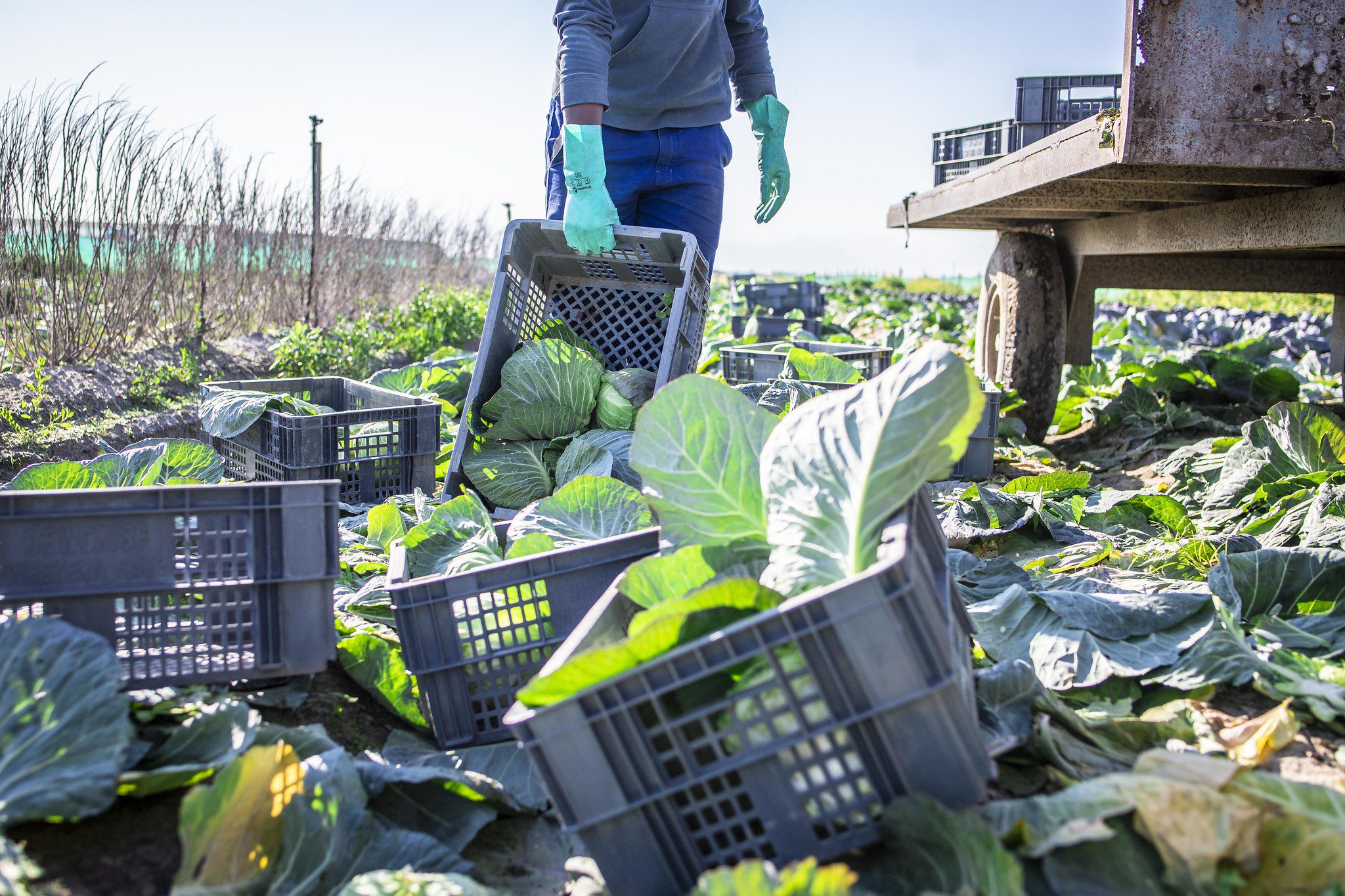Recent data on global hunger illustrates a somber truth: approximately 768 million people around the world faced hunger in 2020 — an increase of 118 million people over the past year alone.
Food banks supported by The Global FoodBanking Network (GFN) witnessed this increase firsthand: 40 million people across 44 countries turned to a GFN partner food bank to access food in 2020, 132 percent more people than in 2019. COVID-19 has made an urgent issue even more dire. If the global community is going to achieve Sustainable Development Goal 2 (Zero Hunger) by 2030, we need to act fast.
We have a unique chance to do just that at the inaugural UN Food Systems Summit later this month, which will convene global stakeholders to discuss tangible solutions to alleviate world hunger and advance progress on the Sustainable Development Goals. While reducing hunger and food insecurity, improving food systems, and enabling climate and community-friendly innovation are complex issues that will require complex solutions, we’re keeping an eye on four crucial areas that we believe leaders should prioritize at the summit.

The existence of child hunger is one of the world’s most dire shortfalls because of the long-term damage it can do to children’s cognitive and physical development and in turn the economic wellbeing of individuals, communities, and nations. But there are immediate solutions that leaders can enact to meet the needs of vulnerable kids, such as supporting school-based feeding programs, which are among the most impactful and efficient ways to aid the nutrition and education of children. In addition to alleviating hunger, offering meals at school increases attendance — especially for girls — and supports academic achievement.
Worldwide, 73 million children would benefit from a school meal but are not receiving one, according to a World Food Program report. Food banks are stepping into this gap to provide school meals. Currently, 25 GFN partner food banks facilitate school-based breakfast or lunch programs, which contributed to 17.6 million children receiving meals from Network food banks in 2020. Overall, we’ve invested over US$1 million in feeding programs for school-aged children because we know they enable children to reach their full potential.
That’s why we’re thrilled to see efforts to establish, invest in, and scale up school feeding—such as the new School Meals Coalition led by the World Food Program — which calls on governments, the private sector, and civil society to expand access to school-based meals programs.
Against the backdrop of the Food Systems Summit, these kinds of coalitions represent a crucial step to ensuring that every child has the tools they need—starting with nutritious food—to live healthy, safe, and equitable lives.
The global scope of this month’s Food Systems Summit has the potential to generate important commitments to reduce food loss and waste and redistribute surplus food to communities experiencing hunger. It is a cruel irony that nearly one third of all food produced is lost or wasted each year while millions of families go hungry. This translates to a US$1 trillion economic loss each year, which has enormous implications for families’ and communities’ financial wellbeing.
Partnerships that connect governments, companies, and civil society organizations can provide unique opportunities to respond to this paradox by fostering culture-, gender-, and location-specific solutions to reducing food loss and waste; for example, a partnership piloted by WRAP and IGD in the United Kingdom led to a 27 percent reduction in food loss and waste from farm to fork. Food banks play a central role in the success of such partnerships by recovering food, directly redistributing it to those in need, and preventing economic insecurity through community-specific interventions.
This month’s summit provides an important moment to recognize the need for partnerships to successfully reduce food waste and loss by engaging the entire supply chain — from farm to consumer.

Action around alleviating hunger and food insecurity, reducing food loss and waste, and generating investment in our food systems cannot be successful without conversations on climate justice. Our warming planet has enormous implications on the sustainable supply of our food and water, the food security of our communities, and our ability to respond efficiently and effectively to these issues. This is a grave reality that was re-emphasized in last month’s IPCC report — and must also be prioritized at this month’s summit.
While enacting comprehensive climate-centric responses to hunger takes time, an immediate action leaders can support is the establishment and expansion of food banks around the world. Food banks are a key climate-sensitive solution to hunger because they uplift local food systems and economies; they recover and redistribute edible surplus food, which reduces greenhouse gas emissions; and they support communities who may have become food-insecure due to climate-related disasters, such as drought, wildfires, floods, and earthquakes.
Hunger interventions that incorporate climate considerations are our best opportunity for improving people’s lives. The Global FoodBanking Network recognizes that we all have a role to play in prioritizing climate-sensitive solutions to hunger and that this summit provides a key moment for the global community to dive into the challenge of ensuring climate cuts across SDG 2 (Zero Hunger).
Any solution presented at the Food Systems Summit and beyond will not be possible without sustained financing for research and innovation designed to reduce hunger, prevent food loss and waste, and elevate community- and climate-friendly solutions.
Specific investments have the power to make an enormous impact, but we first need legitimate commitments to those investments. According to a recent Ceres2030 report, US$33 billion per year is needed from now until 2030 to end hunger, improve the economic livelihoods of 545 million farmers, and reduce agriculture-related greenhouse gas emissions. Private-sector pledges such as “Zero Hunger, Nourish the Future” — a $5 billion collective investment by companies that will be announced at this month’s summit — are critical to closing this funding gap because they facilitate food access, long-term research, and innovation in food systems, and equitable public policies.
The global community has a unique opportunity to alleviate hunger through sustained investments, and we’ll be paying close attention to the commitments that global leaders — from governments, the private sector, civil society, and others — will make to ensure solutions to hunger become a reality. We all have a responsibility to prioritize short- and long-term solutions for hunger today so we can establish a healthier, better world for tomorrow.